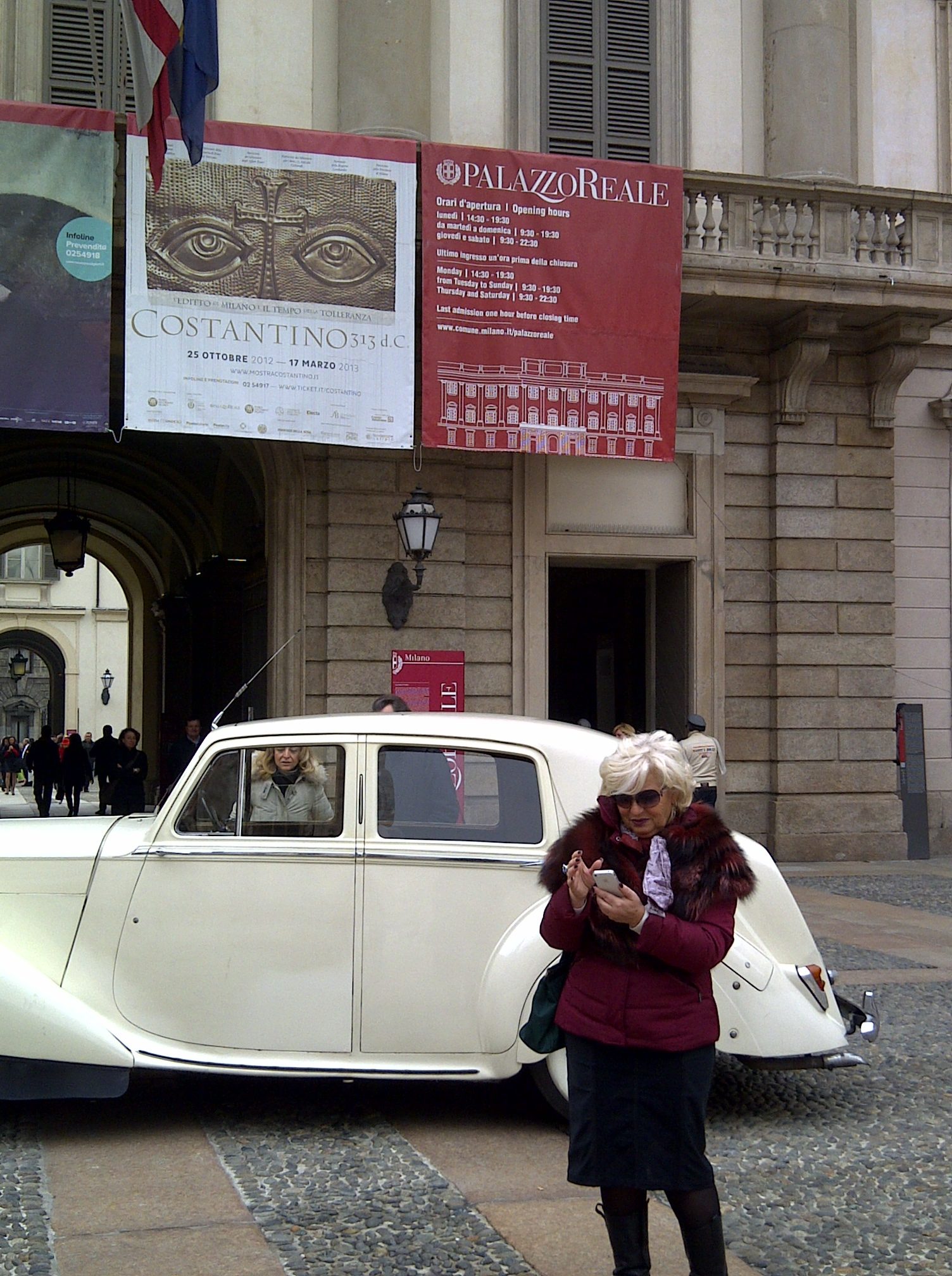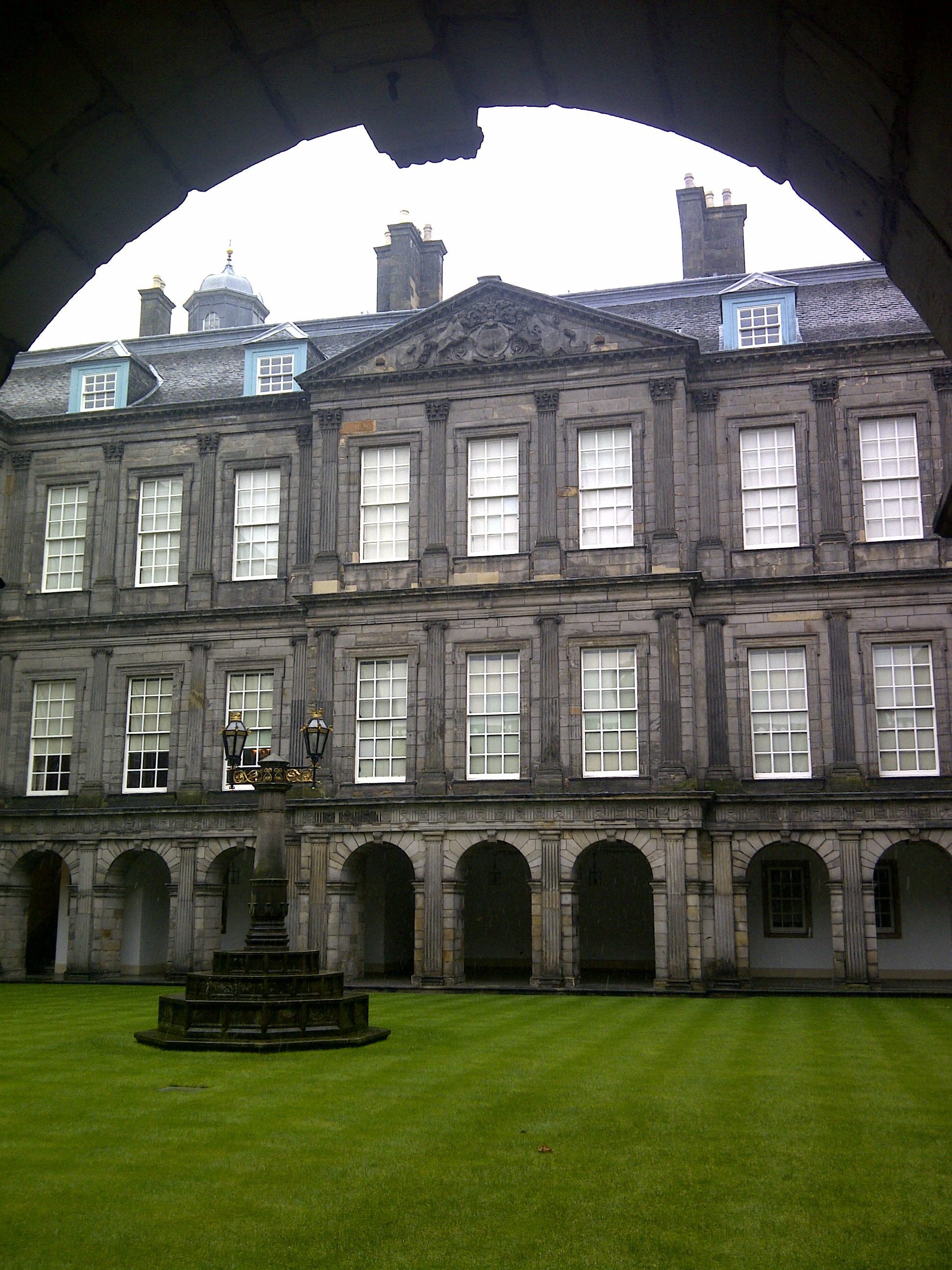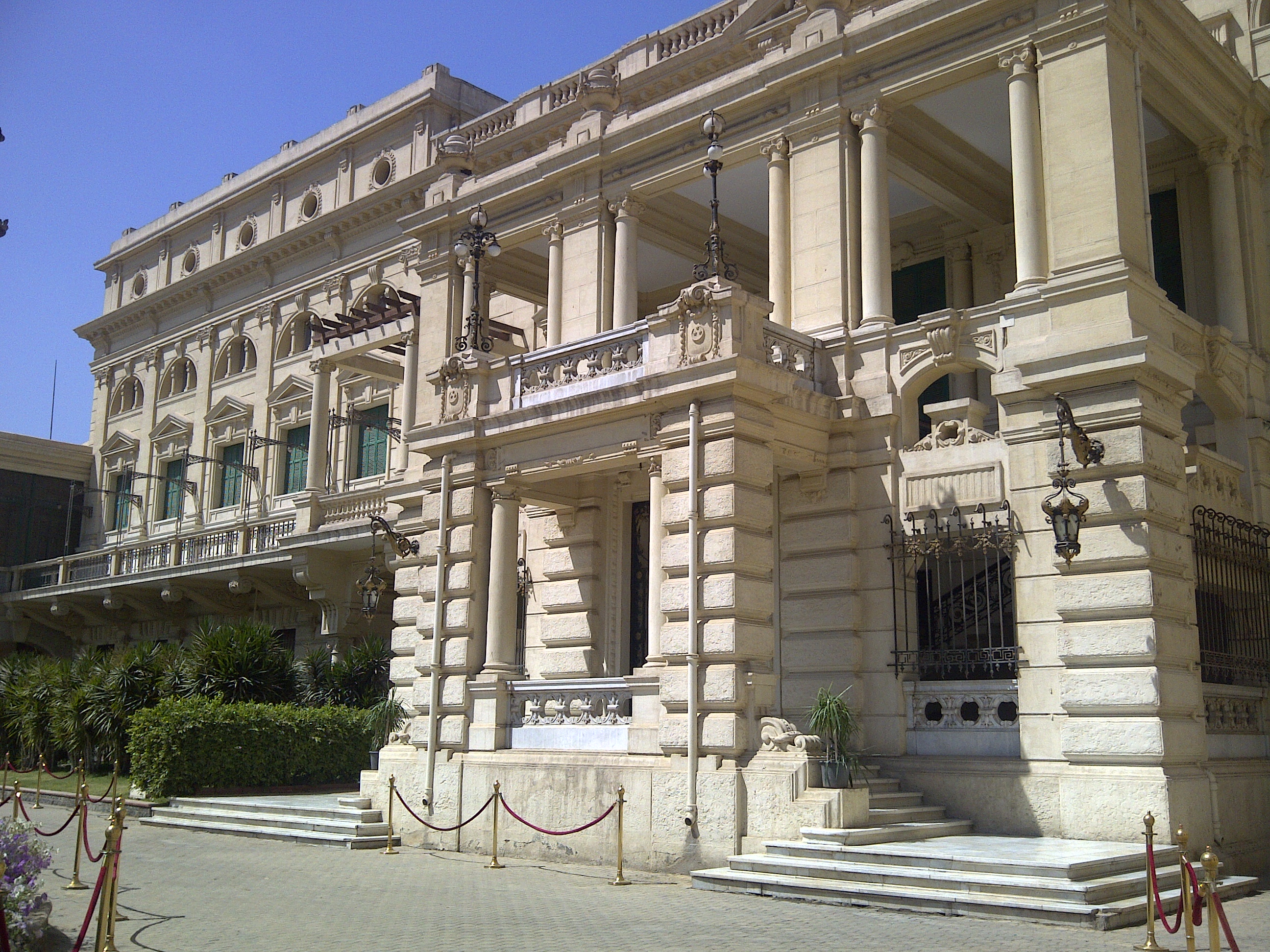Published in Ahram Online on March 31, 2013
A critical eye on three palaces: the Plazzo Reale in Italy, Holyroodhouse in Scotland and Abdeen Palace in Egypt
In the past two months, circumstances allowed me to visit three royal palaces, two of which were abroad, and the third in Egypt. I found myself assessing comparing and lamenting the miserable condition of Egypt’s palaces and museums.
Palazzo Reale
The first palace was the Palazzo Reale in Milan, Italy, a grand palace which was built in the late 18th century, and is located by the famous Duomo in Milan. I had visited this palace five or six year ago, when it had hosted an exhibition by the Columbian painter and sculptor Fernando Botero. And last month, a massive, thrilling exhibit was held in the palace, in celebration of the passing of 1700 years since the enactment of the “Edict of Milan” by Emperor Constantine in March, 313 A.D, in which he declared Christianity as a recognized religion within the Roman Empire, a move which was further bolstered when the Roman emperor himself converted to the once persecuted religion.

The exhibition was truly phenomenal; it was laid out across six of the palace’s large halls, where the curators showcased the story of how the Roman world converted from Paganism to Christianity. For example, there is a beautifully told story of the evolution of the Chrismon, Constantine’s famous sign that coupled the first two letters of Christ’s name in Greek and which he supposedly hoisted in his famous labarum in the Battle of the Milvian Bridge the year before the Edict of Milan was declared. We are given many previous accounts of the Chrismon being used on sarcophagi and later on in lamps, rings, amulets, and, of course, coins. The numismatic collection is one of the most impressive things about the collection. Equally impressive is the very detailed reconstruction of ancient Milan based on recent archaeological excavations.
Also significant is the large number of busts and statues on display that tell the story of how sculpture was used for official Roman propaganda. Most impressive of them, in my mind, is the bronze bust of Constantine that comes from the National Museum of Belgrade and which offers an introspective look at this great man.
I was deeply fascinated with this exhibition, for its layout was stimulating and trouble-free for visitors, and the exhibited pieces had been chosen with meticulous care and after monumental effort. The official exhibition catalogue (which is made up of exactly 300 pages) clarifies how the objectsin this exhibition were on loan from over 100 museums in Europe and the United States.
The exhibition tells the tale clearly; the curators worked hard to trace the path of the story, demonstrating and documenting it through the handpicked items and the detailed annotations accompanying them.
But despite being impressed by the pieces and by the layout of the exhibition, I was not very convinced with the idea of the exhibition itself, for the “Edict of Milan,” in my opinion, does not represent religious tolerance, but rather reflects the story of the triumph of the Church. I believe that adding the stamp of religious tolerance on the Edict of Milan reflects contemporary European concerns regarding the situations of religious minorities in Europe now, more than it addresses the history of Christianity or the Church in the fourth century.
Palace of Holyroodhouse
The second palace I visited was Palace of Holyroodhouse, located in Edinburgh, Scotland. This palace goes back to the sixteenth century, and is the official residence of the Monarch of the United Kingdom in Scotland. The audio guide describes the architecture and holdings of the palace, and focuses on the significant developments brought about by Queen Victoria in the nineteenth century. The guide tells the story of kings and queens that have lived in the palace, most important of whom is Mary Queen of Scots, and her tragic life that culminated in her beheading by her cousin and nemesis Queen Elizabeth I.

In parallel to the palace, there is a designated wing for art exhibitions dubbed “The Queen’s Gallery.” During my visit to the palace, this gallery hosted a photography exhibition with artworks that date back to the nineteenth century. And once again, I was struck by the impeccable curation and the uniqueness of the exhibited works, yet I disagreed with the interpretations adopted by the curators.
The exhibition was titled; “Cairo to Constantinople: Early Photographs of the Middle East by Francis Bedford.” Francis Bedford was one of the pioneering British photographers, and he had accompanied Prince Albert Edward, who would later become King Edward VII, on his last visit to the Middle East in 1862, a trip that his parents, Queen Victoria and Prince Albert, decided would be of benefit to him, granting him experience with international affairs and exposure to the outside world.
I had not seen these rare photos before; there were photographs of the streets of Cairo and of the Mohammed Ali Mosque when it was still coated in alabaster, and of the temples of Luxor, Karnak and Philae shortly after they had been cleared of the sand that had left them nearly buried for centuries. There were also photographs of what the Europeans would dub “the Holy Lands,” specifically Jerusalem, Hebron, and Damascus. The photographs of Damascus were particularly dramatic, for they capture the severe destruction brought about by the bloody events of 1860 and 1861.
My problem with the exhibition was not the photos, for as I have described they were rare and impressive, yet it was the annotations placed by the curators to accompany the images, and the official 250-page catalogue of the exhibition. A quick skim over the catalogue reveals that despite being fluently conversant in the history of the UK’s royal family and the art of photography, the organizers are not sufficiently aware of the history of the Middle East, which ultimately rendered some of their remarks modest and shallow, and in some instances smeared with a superficial Orientalist narrative.
Abdeen Palace

And the third palace I saw was Abdeen Palace, that I visited for the first time after the Minister of Culture graciously allowed me to accompany a foreign professor specialising in the history of royal palaces on his tour of the palace’s interior, not merely the palace’s museums that are open to the public.
The palace is truly impressive, and is worthy of the title awarded to it by archaeologists; “The Jewel of 19th Century Cairo.” The state of the palace, as a building and in terms of its artistic holdings, is impeccable; the walls, chandeliers, furniture, paintings and the sculptures are all in excellent shape. The vigilant care and continuous renovation is evident on the building and all its details. And everyone we met in the palace, from officials to antiquarians to guards were of a high degree of professionalism.
As for the reason I am disappointed, or rather grieving over the state of Abdeen Palace, is that I believe it deserves far greater attention than we are currently giving it. I am not talking here of the Presidency, (Abdeen is the official residence of the President of the Republic and the official seat of government) whose attention and care over the palace is clearly apparent, nor of the Ministry of State for Antiquities that takes care of its holdings and guards it flawlessly. I mean the larger paradigm through which we view our palaces, museums and touristic sights.
For the palace, despite the beauty of its buildings and the rarity of its holdings is considered a dead palace; the pamphlets and annotation cards are really not intended for visitors; rather, they are actually inventory lists.
The visitor is not interested in learning if the weight of this lantern was 50 kilograms of pure silver; he wants to know who used this lantern. He also does not simply want to know who the architect who designed the “Throne Hall” was, but why King Fouad chose the Mamluk style to build this hall. In short, the visitor leaves the palace in awe of its glamour, without feeling its pulse or understanding its significance and meaning. For palaces, like other beautiful buildings, do have a pulse to be felt and a meaning to be comprehended.
And as for temporary art exhibitions, of which I provided two examples, and which are considered one of the most important functions for any palace or museum, they simply do not exist in Abdeen or in any other palace or museum in our country.
The tragedy of our priceless palaces and many museums does not lay in the lax security procedures, as the media likes to repeat over and over, or in the lack of financial resources, for these are institutions that could bring monumental profits if used well. The main problem lays in that those who preside over our museums and palaces view them as warehouses or storage spaces for antiquities, rather than educational institutions that could add joy and entertainment and information to prospective visitors.
The lamentable situation of our palaces and museums is not a result of apathy, but rather due to a catastrophic dearth of skills in two key fields of knowledge, museology and cultural heritage management.
The problem then is a structural one linked to the educational establishment and the absence of these specialisations from our universities. So, will our universities recognize this perilous dysfunction and do something about it?
